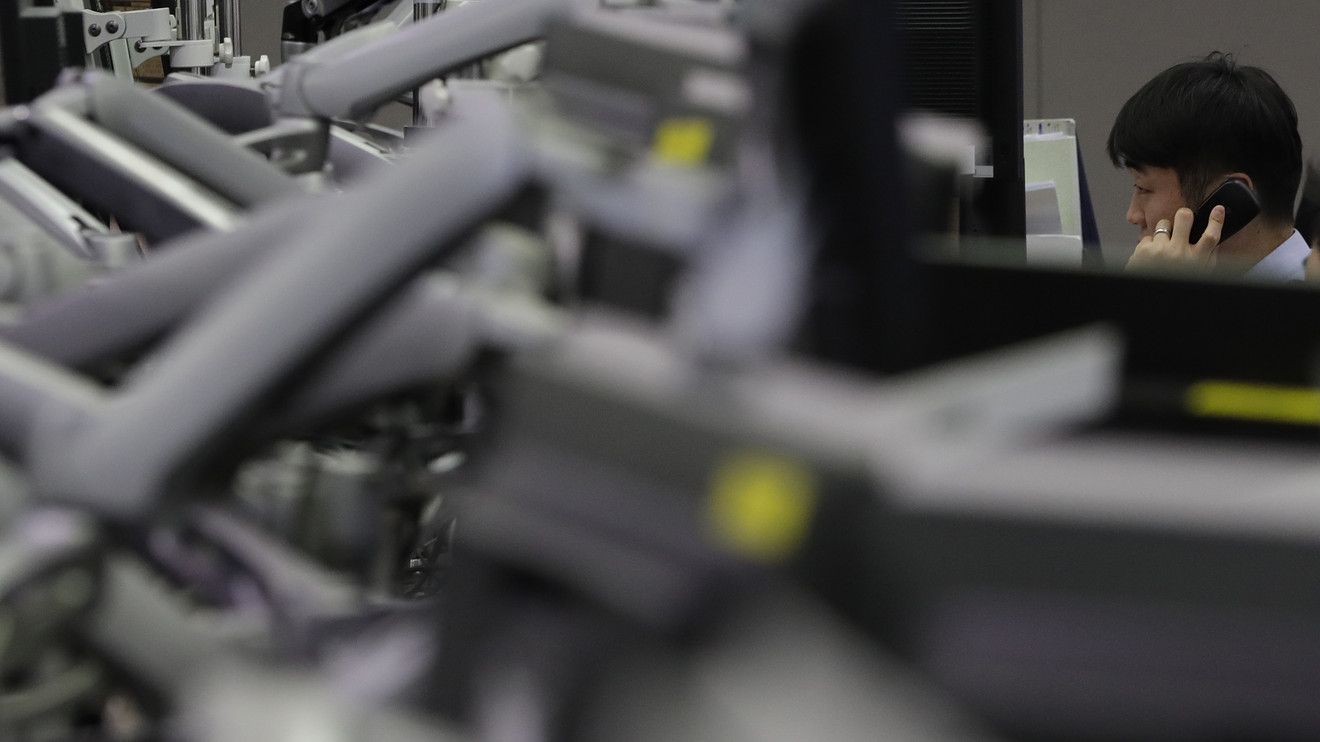
Nancy Davis, the chief investment officer and founder of advisory firm Quadratic Capital, is the brain behind a new exchange-traded fund on Wall Street that aims to offer investors ways to bet on inflation, the shape of the so-called yield curve and a sharp rise in interest rates.
Quadratic Interest Rate Volatility & Inflation Hedge ETF IVOL, +0.20% kicked off trade earlier this week and comes amid a resurgence of sharp daily and intraday swings in global markets, prompted at least partly by heightened tensions between the U.S. and its international trade partners, including the world’s second-largest economy, China.
A combination of those tariff tensions and nervousness surrounding the durability of a U.S. economic expansion that’s in its 10th year have also contributed to the fresh wave of turbulence in equity and fixed-income markets lately, with the Dow Jones Industrial Average DJIA, +0.45% the S&P 500 index SPX, +0.58% and the Nasdaq Composite Index COMP, +1.13% coming off their worst weekly declines in 2019, though attempting to stage a recovery as of Wednesday’s close.
Those prevailing conditions have, perhaps, provided a felicitous entry point for so-called IVOL, said Davis, referring to the ticker symbol of ETF trading on the New York Stock Exchange’s Arca platform. “Generally, we’ve been lulled to sleep because of central banks,” said the former Goldman Sachs proprietary trader.
Indeed, Fed policy and geopolitics have increased the focus on fixed-income assets.
In the final three months of 2018, Treasury yields took a dip as the Federal Reserve’s quartet of rate increases were seen as tightening financial conditions, which roiled U.S. markets in the quarter, pushing the 10-year Treasury note TMUBMUSD10Y, -0.71% and 30-year Treasury bond TMUBMUSD30Y, -0.52% yields, which move opposite to prices, decisively lower
The litany of economic and political anxieties has continued to drive rates down, with the 10-year touching a roughly 18-month low at 2.36% on Wednesday, coming as the three-month T-bill TMUBMUSD03M, -0.43% and 10-year have been hovering at or near inversion — a condition where the short-term rate rises above its longer-term counterpart and one that has been an accurate predictor of economic recessions.
The Quadratic volatility product is an actively managed ETF, which is intended to move in and out of Treasury inflation-protected securities, or TIPS, and over-the-counter fixed-income options in a bid to beat the market.
Still, the ETF isn’t plain vanilla, among a recent proliferation of bond-pegged funds, with fixed-income ETFs accounting for nearly a third of all ETF inflows last year.
“It is a more complex strategy than most others that are in the marketplace, and we’ve seen a gravitation to relatively simple to extremely low-cost [ETF strategies],” Todd Rosenbluth, senior director of ETF and mutual fund research at CFRA, told MarketWatch.
That point taken, he said the “beauty of the ETF strategy is that more complicated strategies can come to market and see if there is an audience.”
Davis makes the case that IVOL is genuine innovation in the world of ETFs because there isn’t another product that helps average investors cheaply hedge against fixed-income volatility, while also offering a hedge against stock-market shocks and inflation with exposure to Treasurys rather than corporate debt.
The investment manager sees the product as a “hedge against corrections in equity and real estate as the prices of equities and properties tend to fall during times of increased fixed-income volatility.”
The new ETF charges 0.99% year, or $99 on a $10,000 investment and has about $5 million under management, according to FactSet data.
Quadratic is working with China-based KraneShares for U.S. distribution of the ETF. KraneShares is the ETF arm of Krane Fund Advisors, which is majority-owned by China International Capital Corporation.
In October 2017, Davis garnered attention when she predicted that a preternatural period of placidity in the stock market was about to come to an ugly end. Four months later, it did, in spectacular fashion.
Then, amid renewed ebullience over technology and internet-related stocks, she cautioned in July 2018 that the U.S. market’s bull run — notably among tech-centered shares — was set to come apart against the backdrop of a tumbling international market.
She was right about that, too.
Providing critical information for the U.S. trading day. Subscribe to MarketWatch’s free Need to Know newsletter. Sign up here.







